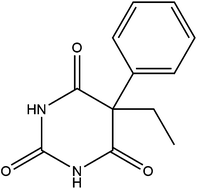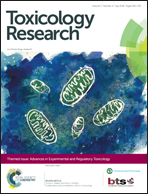Human relevance of rodent liver tumour formation by constitutive androstane receptor (CAR) activators
Abstract
A large number of nongenotoxic chemicals have been shown to increase the incidence of liver tumours in rats and/or mice by a mode of action (MOA) involving activation of the constitutive androstane receptor (CAR). Studies with the model CAR activator phenobarbital (PB) and its sodium salt (sodium phenobarbital; NaPB) have demonstrated that the key and associative events for rat and mouse liver tumour formation include CAR activation, increased hepatocyte replicative DNA synthesis (RDS), induction of cytochrome P450 CYP2B subfamily enzymes, liver hypertrophy, increased altered hepatic foci and hepatocellular adenomas/carcinomas. The key species difference between the rat and mouse compared to humans, is that human hepatocytes are refractory to the mitogenic effects of PB/NaPB and other CAR activators. While PB/NaPB and other CAR activators stimulate RDS in rat and mouse hepatocytes in both in vitro and in vivo studies, such compounds do not stimulate RDS in cultured human hepatocytes and in in vivo studies performed in chimeric mice with humanised livers. In terms of species differences in RDS, unlike the rat and mouse, humans are similar to other species such as the Syrian hamster and guinea pig in being nonresponsive to the mitogenic effects of CAR activators. Overall, the MOA for rat and mouse liver tumour formation by PB/NaPB and other CAR activators is considered qualitatively not plausible for humans. This conclusion is supported by data from a number of epidemiological studies, which demonstrate that chronic treatment with PB does not increase the incidence of liver cancer in humans.

- This article is part of the themed collections: Recent Review Articles and Advances in Experimental and Regulatory Toxicology


 Please wait while we load your content...
Please wait while we load your content...